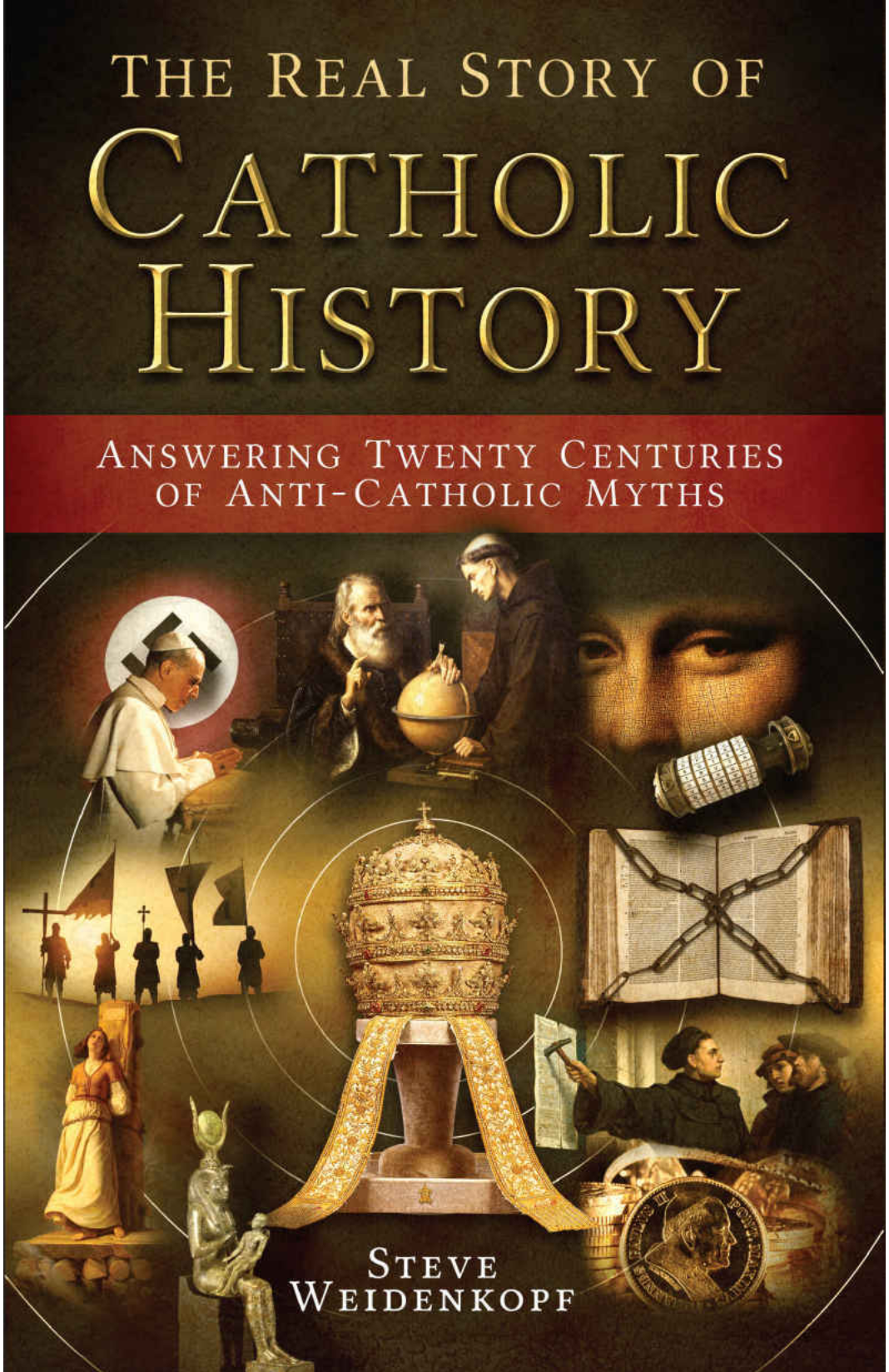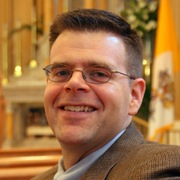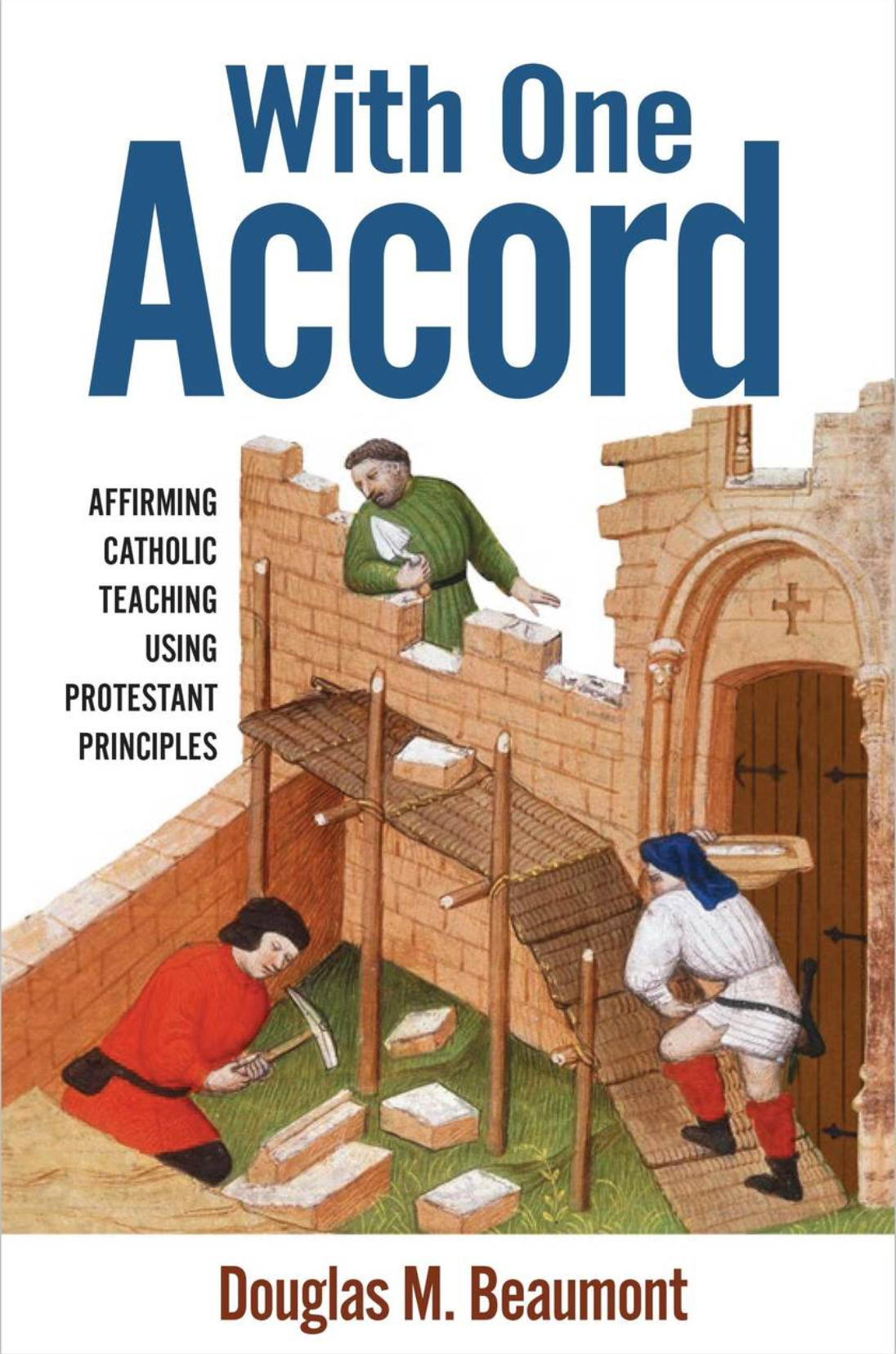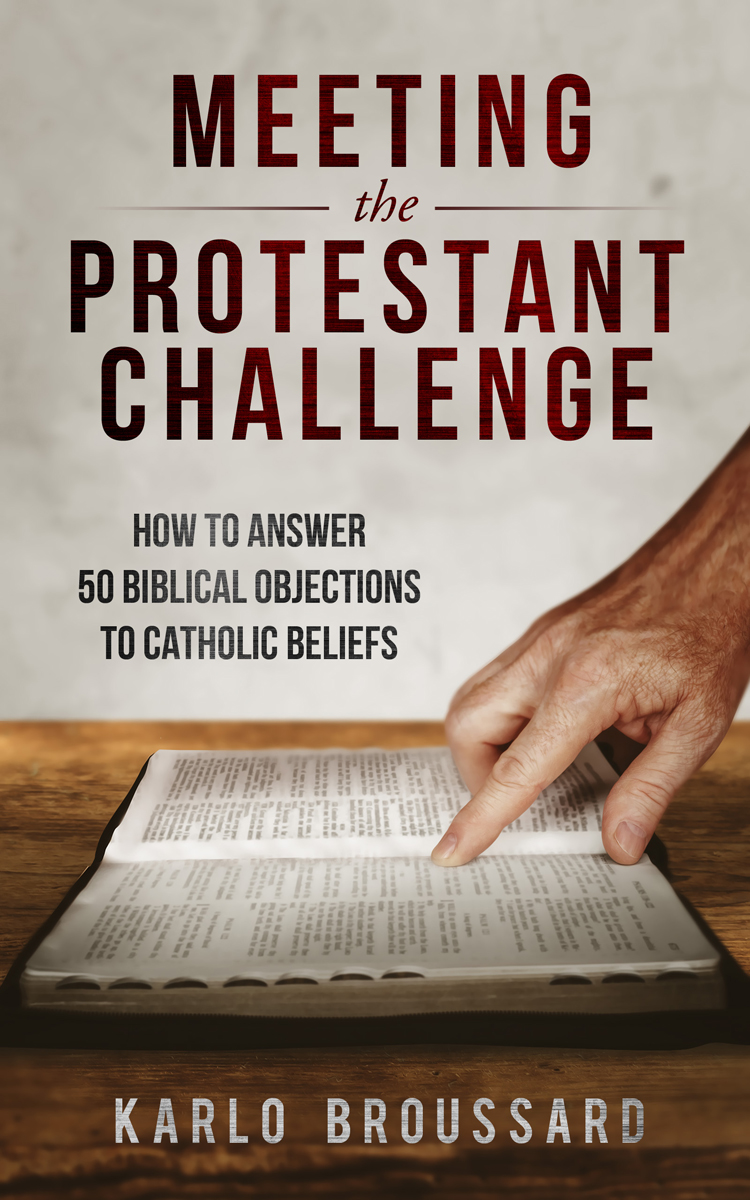
-please click on the image for greater detail.
The Scriptures are written on our hearts. Paper pages also exist.
“There are some things in them (Epistles of St. Paul) hard to understand, which the ignorant and unstable twist to their own destruction, as they do the other Scriptures.” -2 Peter 3:16
“Ever since the Protestant Revolt in the 16th century, the Catholic Church has been accused of ignoring, opposing, hiding, and even destroying the Bible in order to keep it from the people. Allegedly, copies of the Bible were chained to the walls of churches during the Middle Ages so that people could not take them home to read. Supposedly the Church during the Middle Ages also refused to translate the Bible into the various tongues of the common people, the vernacular languages, in order to further hinder personal Bible reading. Furthermore, it is claimed that the Church even went as far as to burn vernacular Bibles.
When examining these charges against the Church, we must consider several points. First, if the Church truly wanted to destroy the Bible, why did her monks work diligently through the centuries making copies of it? Before the printing press (before 1450), copies of the Bible were handwritten with beauty and painstaking accuracy. One reason for Bibles being chained to the walls of churches is because each copy was precious both spiritually and materially. It took a monk about a year to hand copy the entire Bible, so Bibles were scarce. The chain kept it safe from loss or theft, so all the people of the church community (parish) could better benefit from it.
Secondly, concerning the vernacular, we must remember that in the 5th century when St. Jerome translated the Bible from the original languages into Latin, Latin was the language of the people. This Bible is commonly called the Vulgate, the common version. Even after a thousand years, Latin still remained the universal language in Europe.
Translating the Bible into the vernacular languages during the Middle Ages was simply impractical. Most vernacular languages at that time did not have an alphabet, so they could not be put into written form. Also, only a few people could read. The few educated persons, who could read, could also read Latin. This situation did not create a great demand for a vernacular Bible nor promote a popular devotion to personal Bible reading.
Even though impractical, there are examples of the Church promoting the vernacular. One example is the mission of Sts. Cyril and Methodius to the Slavic people in Moravia during the 9th century. They are both famous for introducing the Slavonic liturgy. In their work St. Cyril had to develop an alphabet for the Old Slavonic language. (It became the precursor of the Russian “Cyrillic” alphabet.) In 885 St. Methodius translated the entire Bible into this language. Despite strong political opposition from the Germans, Pope Hadrian II, after careful investigation, confirmed St. Methodius as Archbishop of Moravia and endorsed their Slavonic liturgy. (St. Cyril had already died.) Several later popes continued to uphold their work against attacks; however, Pope Stephen VI recalled the liturgy after being deceived by the German opposition. [1]
In 7th century Britain, before English was even a language, Caedmon, a monk of Whitby, paraphrased most of the Bible into the common tongue. During the early 8th century, St. Bede the Venerable also translated parts of the Bible into the language of the common British people. On his death bed in 735, he translated the Gospel of St. John. Also in this period, Bishop Eadhelm, Guthlac, and Bishop Egbert worked on Saxon Bibles. During the 9th and 10th centuries, King Alfred the Great and Archbishop Aelfric worked on Anglo-Saxon (Old English) translations. After the Norman conquest of 1066, a need for an Anglo-Norman Bible arose, so the Church produced several translations, e.g. Salus Animae (1250). In 1408 the provincial council of Oxford made it clear that vernacular translations could receive approval from the Church. In 1582 the famous Douay-Rheims New Testament translation was completed, while the Old Testament was finished in 1609. Ironically the Douay-Rheims New Testament influenced the King James Bible. [2,3]
After the 14th century when English finally became the popular language of England, vernacular Bibles were used as vehicles for heretical propaganda. John Wycliffe, a dissentient priest, translated the Bible into English. Unfortunately, his secretary, John Purvey, included a heretical prologue, as noted by St. Thomas More. Later William Tyndale translated the Bible into English complete with prologue and footnotes condemning Church doctrines and teachings. [2] St. Thomas More commented that searching for errors in the Tyndale Bible was similar to searching for water in the sea. Even King Henry VIII in 1531 condemned the Tyndale Bible as a corruption of Scripture. In the words of King Henry’s advisors: “the translation of the Scripture corrupted by William Tyndale should be utterly expelled, rejected, and put away out of the hands of the people, and not be suffered to go abroad among his subjects.” [4] As food for thought, if the Wycliffe or Tyndale Bibles were so good, why do Protestants today not use them as they do the King James Bible?
One action that Catholic Christians pursued to stop this propaganda was to burn these books. Does this action make the Church anti-Bible? No. If it did, then the Protestants of this period were also anti-Bible. John Calvin, the main Protestant Reformer, in 1522, had as many copies as could be found of the Servetus Bible burned since Calvin did not approve of it. Later, Calvin had Michael Servetus himself burned at the stake for being a Unitarian. [5] In those days it was common practice on both sides to burn unapproved books. Finally, it is one matter to destroy the real thing and another to destroy a counterfeit.
The Church did not oppose faithful vernacular translations but heretical additions and distortions to the Bible. The Church prohibited these corrupt Bibles in order to preserve the integrity of Holy Scripture. This action was necessary if the Church is to preserve the truth of Christ’s Gospel. As St. Peter in his Epistle (in the Bible) warns us, the ignorant and unstable can distort the Scriptures to their own destruction [2 Peter 3:16; see front panel].
Should good Christian parents allow their children to read a Bible with anti-Christian propaganda or profanity in the footnotes? I certainly would not. Finally, if the Catholic Church truly wanted to destroy the Bible, she had ample opportunity to do so for 1500 years.”
Love,
Matthew
References
[1] Warren H. Carroll, The Building of Christendom (Christendom College Press, 1987) pp. 359,371,385.
[2] The Jerome Biblical Commentary (Prentice-Hall, 1968) Vol. II, pp. 586-588.
[3] Henry G. Graham, Where We Got The Bible (TAN Books, 1977) p. 99.
[4] Ibid., pp. 128,130.
[5] Ibid., p. 129.












